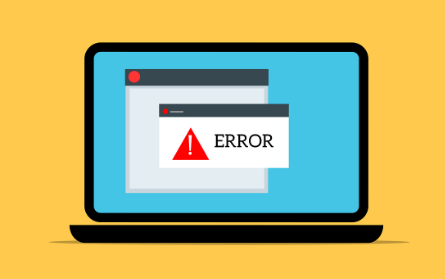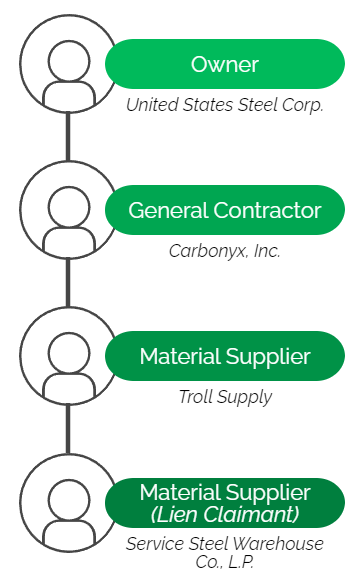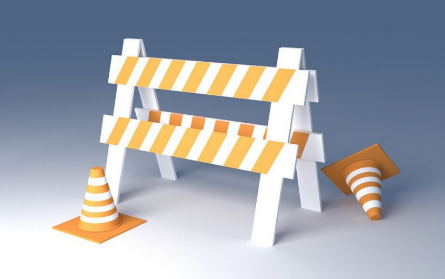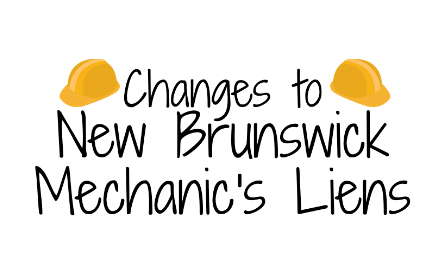
Here’s What You Should Know about Georgia Mechanic’s Liens & Bond Claims
Sweet Georgia Mechanic’s Liens & Bond Claims on My Mind. Songs aren’t quite the same with “mechanic’s liens and bond claims” in the lyrics, but would-be claimants will certainly feel peachy with secured Georgia lien and bond claim rights on their minds.
In today’s post, we’ll look at the steps necessary to protect your lien or bond claim rights for projects in Georgia.
“Georgia, Georgia, the Whole Blog Post Through”
Regardless of whether you furnish to a private or public project, the Notice to Contractor should be served within 30 days after first furnishing or the filing of the Notice of Commencement. The primary difference between the private and the public notice lies with who needs to be served.
Private Projects
Notice to Contractor:
Serve Notice to Contractor upon the owner or the agent of the owner and the prime contractor within 30 days after first furnishing materials or services, or within 30 days from the filing of the Notice of Commencement, whichever is later.
Public Projects
Notice to Contractor:
Serve Notice to Contractor upon the prime contractor within 30 days after first furnishing materials or services, or within 30 days from the filing of the Notice of Commencement, whichever is later.
As a best practice, we recommend always serving a notice and serving the notice upon all parties within the ladder of supply, including registered agents. However, the Notice to Contractor may not always be required. For example, if you contract directly with the prime contractor or if a Notice of Commencement hasn’t been filed, or wasn’t filed timely, you may not need to serve a notice.
“Georgia Claimed Her… Mechanic’s Lien & Bond Claim”
If you are furnishing to a private project, you must file your mechanic’s lien within 90 days after your last furnishing date. Then, within two business days from filing the lien, send a copy of the lien to the owner and the prime contractor. Keep in mind, Georgia is an unpaid balance lien state; file the lien as soon as possible to protect your rights.
Has a payment bond been issued for the private project? In that case, you should serve the bond claim notice in accordance with the terms and conditions of the payment bond. Frequently, a bond claim notice is required within 90 days from your last furnishing.
For those furnishing to public projects, the bond claim notice should be served on the prime contractor within 90 days from last furnishing.
Can Lien or Claim Rights be Waived Before Furnishing?
No, according to Georgia’s statute for private projects, lien and/or bond claim rights cannot be waived before furnishing:
“A right to claim a lien or to claim upon a bond may not be waived in advance of furnishing of labor, services, or materials. Any purported waiver or release of lien or bond claim or of this Code section executed or made in advance of furnishing of labor, services, or materials is null, void, and unenforceable.” – O.C.G.A. § 44-14-366
Remember, Sweet Georgia has Statute Specific Lien Waivers
Georgia is one of the 13 states that has statutory requirements for lien waivers. Georgia’s statute dictates the waiver should be in “12 point font” and, depending on whether it’s a final or interim waiver, certain language should appear within the document.
Here’s the text, as prescribed by Georgia statute, for an Interim Waiver and Release upon Payment:
WAIVER AND RELEASE OF LIEN AND PAYMENT BOND RIGHTS UPON INTERIM PAYMENT
STATE OF _____________________
COUNTY OF ___________________
THE UNDERSIGNED MECHANIC AND/OR MATERIALMAN HAS BEEN EMPLOYED BY _____________________ TO FURNISH _____________________ FOR THE CONSTRUCTION OF IMPROVEMENTS KNOWN AS _____________________ WHICH IS LOCATED IN THE CITY OF _____________________, COUNTY OF _____________________, AND IS OWNED BY _____________________ AND MORE PARTICULARLY DESCRIBED AS FOLLOWS:
[Project Address Line]
(DESCRIBE THE PROPERTY UPON WHICH THE IMPROVEMENTS WERE MADE BY USING EITHER A METES AND BOUNDS DESCRIPTION, THE LAND LOT DISTRICT, BLOCK AND LOT NUMBER, OR STREET ADDRESS OF THE PROJECT.)
UPON THE RECEIPT OF THE SUM OF $ ___________________, THE MECHANIC AND/OR MATERIALMAN WAIVES AND RELEASES ANY AND ALL LIENS OR CLAIMS OF LIENS IT HAS UPON THE FOREGOING DESCRIBED PROPERTY OR ANY RIGHTS AGAINST ANY LABOR AND/OR MATERIAL BOND THROUGH THE DATE OF __________________________ (DATE) AND EXCEPTING THOSE RIGHTS AND LIENS THAT THE MECHANIC AND/OR MATERIALMAN MIGHT HAVE IN ANY RETAINED AMOUNTS, ON ACCOUNT OF LABOR OR MATERIALS, OR BOTH, FURNISHED BY THE UNDERSIGNED TO OR ON ACCOUNT OF SAID CONTRACTOR FOR SAID BUILDING OR PREMISES.
GIVEN UNDER HAND AND SEAL THIS _____ DAY OF _____________________, ___________.
___________________________(SEAL)
_______________________
(WITNESS)
_______________________
(ADDRESS)
NOTICE: WHEN YOU EXECUTE AND SUBMIT THIS DOCUMENT, YOU SHALL BE CONCLUSIVELY DEEMED TO HAVE WAIVED AND RELEASED ANY AND ALL LIENS AND CLAIMS OF LIENS UPON THE FOREGOING DESCRIBED PROPERTY AND ANY RIGHTS REGARDING ANY LABOR OR MATERIAL BOND REGARDING THE SAID PROPERTY TO THE EXTENT (AND ONLY TO THE EXTENT) SET FORTH ABOVE, EVEN IF YOU HAVE NOT ACTUALLY RECEIVED SUCH PAYMENT, 90 DAYS AFTER THE DATE STATED ABOVE UNLESS YOU FILE AN AFFIDAVIT OF NONPAYMENT PRIOR TO THE EXPIRATION OF SUCH 90-DAY PERIOD. THE FAILURE TO INCLUDE THIS NOTICE LANGUAGE ON THE FORM SHALL RENDER THE FORM UNENFORCEABLE AND INVALID AS A WAIVER AND RELEASE UNDER O.C.G.A. §44-14-366.
Sweet Like a Georgia Peach
Georgia peaches are sweet, but Georgia statute is not as lenient as some other states. It’s important for would-be claimants to carefully follow statutory requirements and seek legal guidance!
*Post was recently updated to include changes to Georgia’s waivers.









